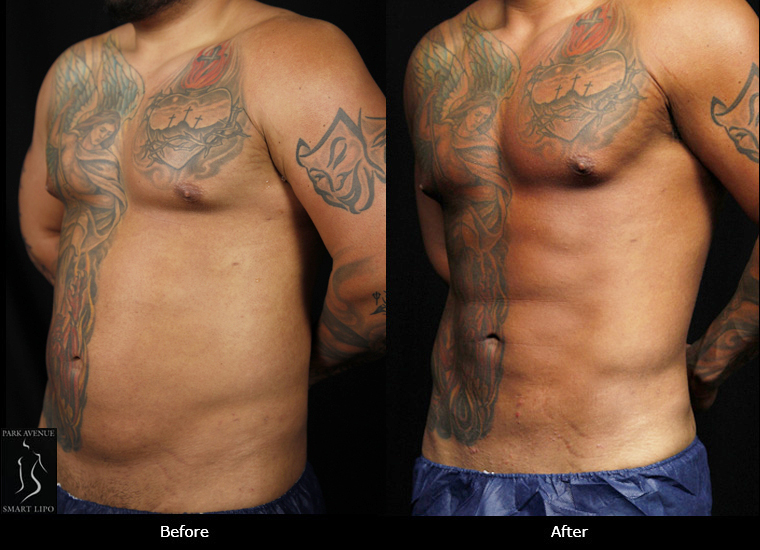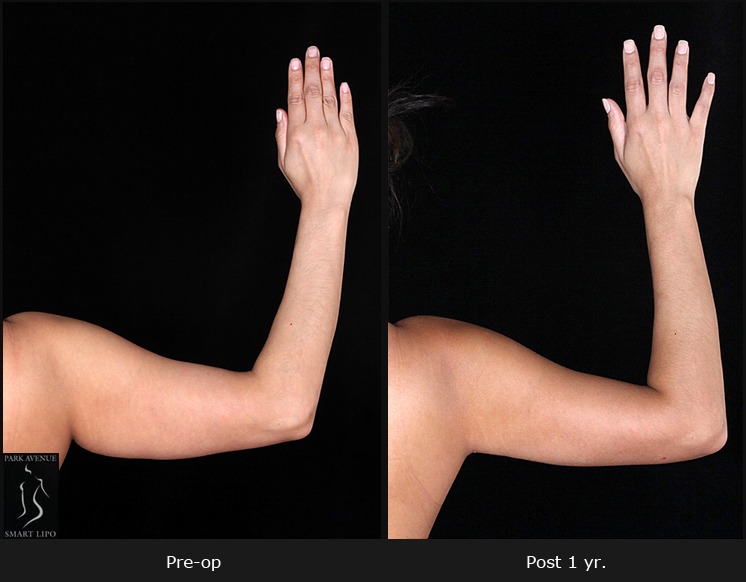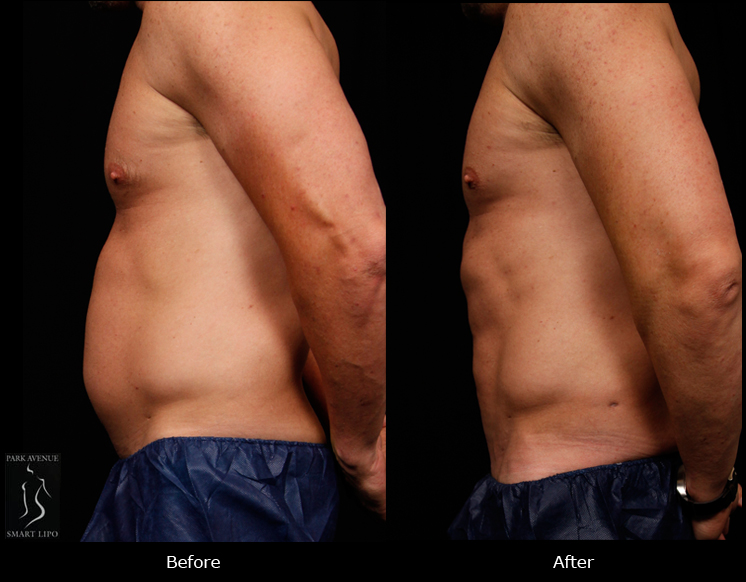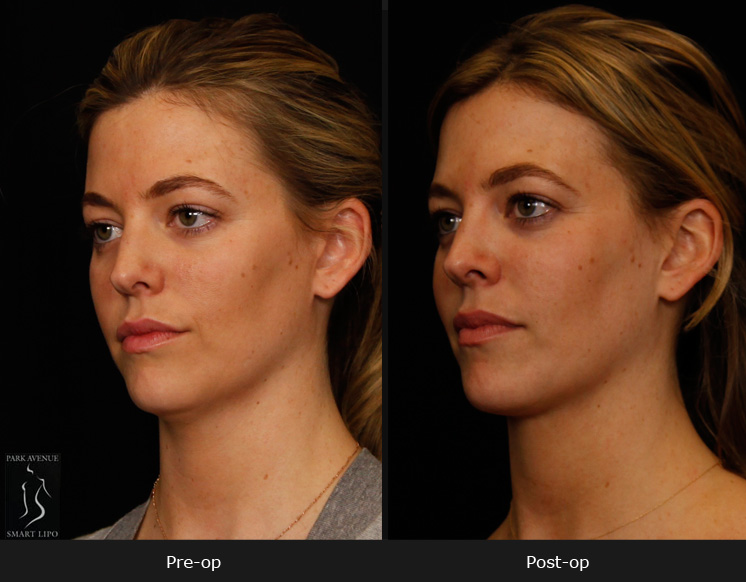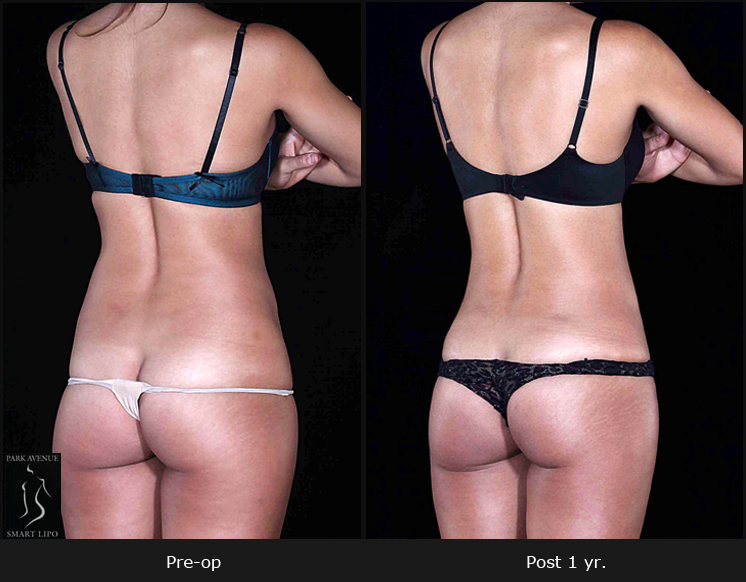Abdominal liposuction removes excess fat and skin around the abdomen area and provides women with a slimmer, well-contoured abdomen. In an AAAASF-accredited plastic surgery practice, the procedure is performed using the minimally-invasive, laser-assisted Smartlipo Triplex device. Leading plastic surgery practices offering female abdomen laser liposuction in NYC provide tailored solutions to meet each patient’s needs.
The success of female abdomen liposuction depends on factors such as age, location of the fat, history of weight loss and weight gain, the C-section bulge and previous pregnancies, if any. It is necessary to inform the patients about these denominators, so that they can set realistic expectations about the outcome.
• Pregnancy – Pregnancy could affect the results of a liposuction procedure. During pregnancy, the abdominal muscles stretch significantly, which causes the lower abdomen to bulge to a certain extent. In fact, the curvature of the abdominal wall will determine how flat the abdomen is as well as the shape of the silhouette which you obtain after liposuction.
• C-Section Bulge – The Pfannenstiel incision is the incision across the lower abdomen that is typically made for Cesarean sections or a hysterectomy. This incision causes a persistent bulge of subcutaneous fat just above the incision. This deformity can be easily repaired with liposuction.
• Weight gain and weight loss – Prior obesity and subsequent weight loss can make the removal of persistent fats through liposuction more difficult. The reason is that the combination of obesity and subsequent weight loss can make the fat inside the body more fibrous.
• Location of Fat – This is another factor that can influence the results of your liposuction procedure. Usually, excess fat deposits exist on two levels: a superficial and a deep level. Superficial fat is found just under the skin and above the abdominal muscles, whereas deep fat (visceral fat) is stored within the abdominal cavity and covers the intestines. People generally have more deep fat than subcutaneous fat. Only subcutaneous fat can be removed via liposuction and the removal of deep fat is dangerous for the patient. Patients can notice a great improvement with liposuction treatment, though results will last only if they are ready to maintain a healthy lifestyle.
• Age – Though there is no age limit for liposuction, age is a factor that can influence the results obtained from a liposuction procedure. Older patients are more likely to have less elastic skin, and this may result in some loose skin if a considerable amount of fat is removed.
Undergoing abdomen liposuction in an AAAASF- accredited plastic surgery practice is critical for successful outcome. Patients can also expect quality care and the highest level of safety in accredited practices.

